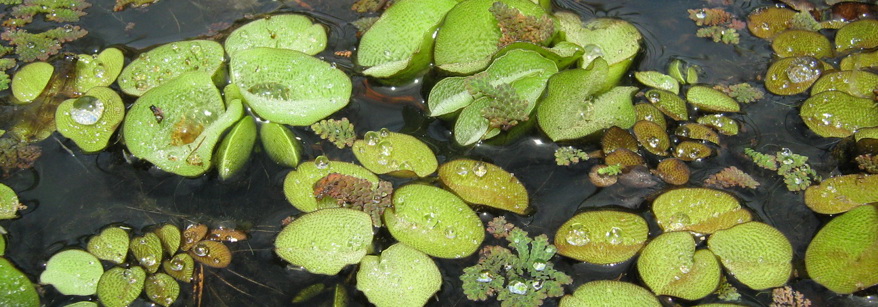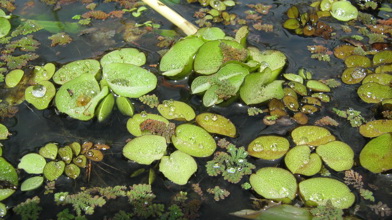

Pest plants
- Home
- Environment
- Pests
- Pest plants
You can use the search bar below to search the plants section for a specific species.


You can use the search bar below to search the plants section for a specific species.
